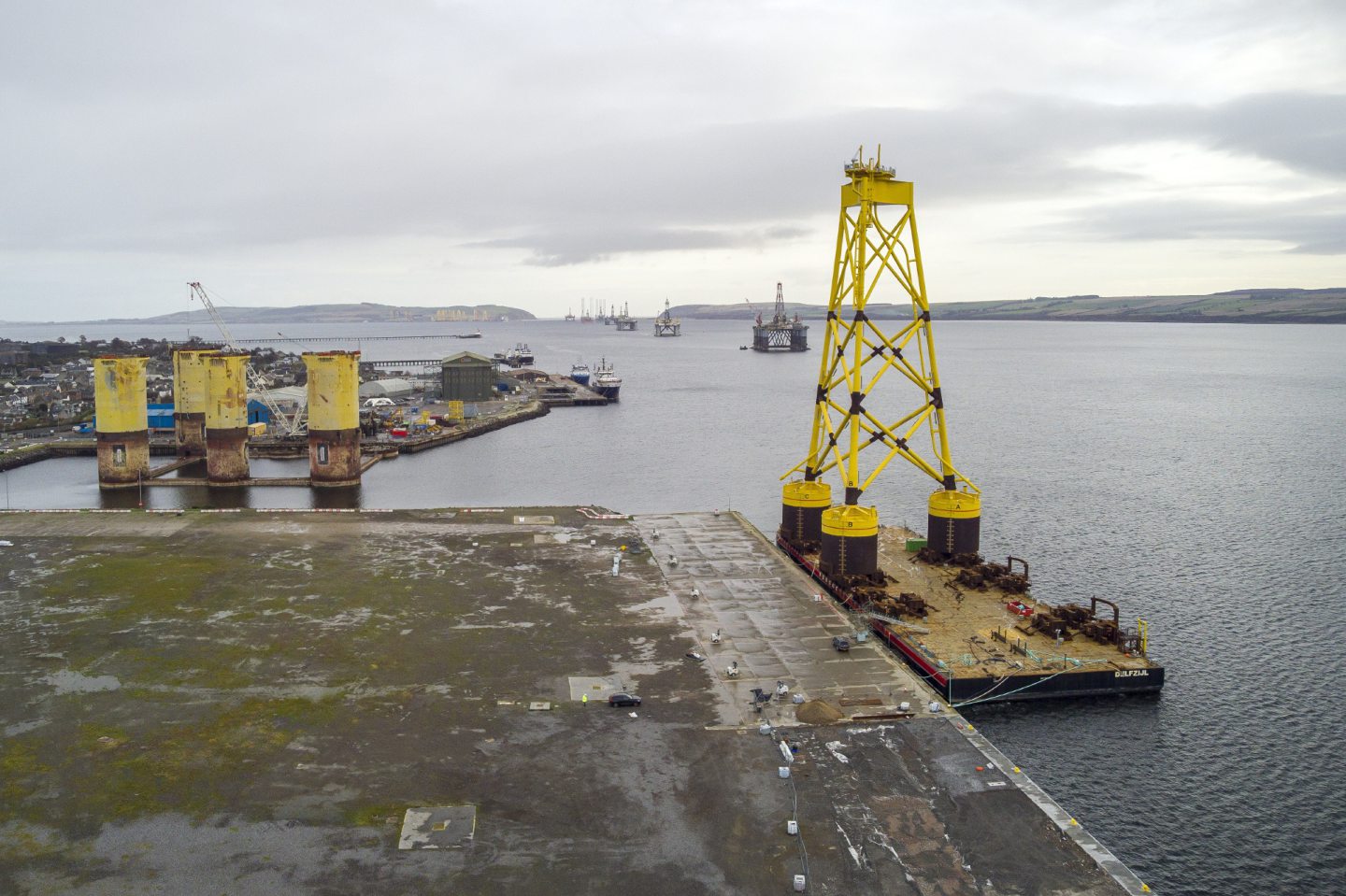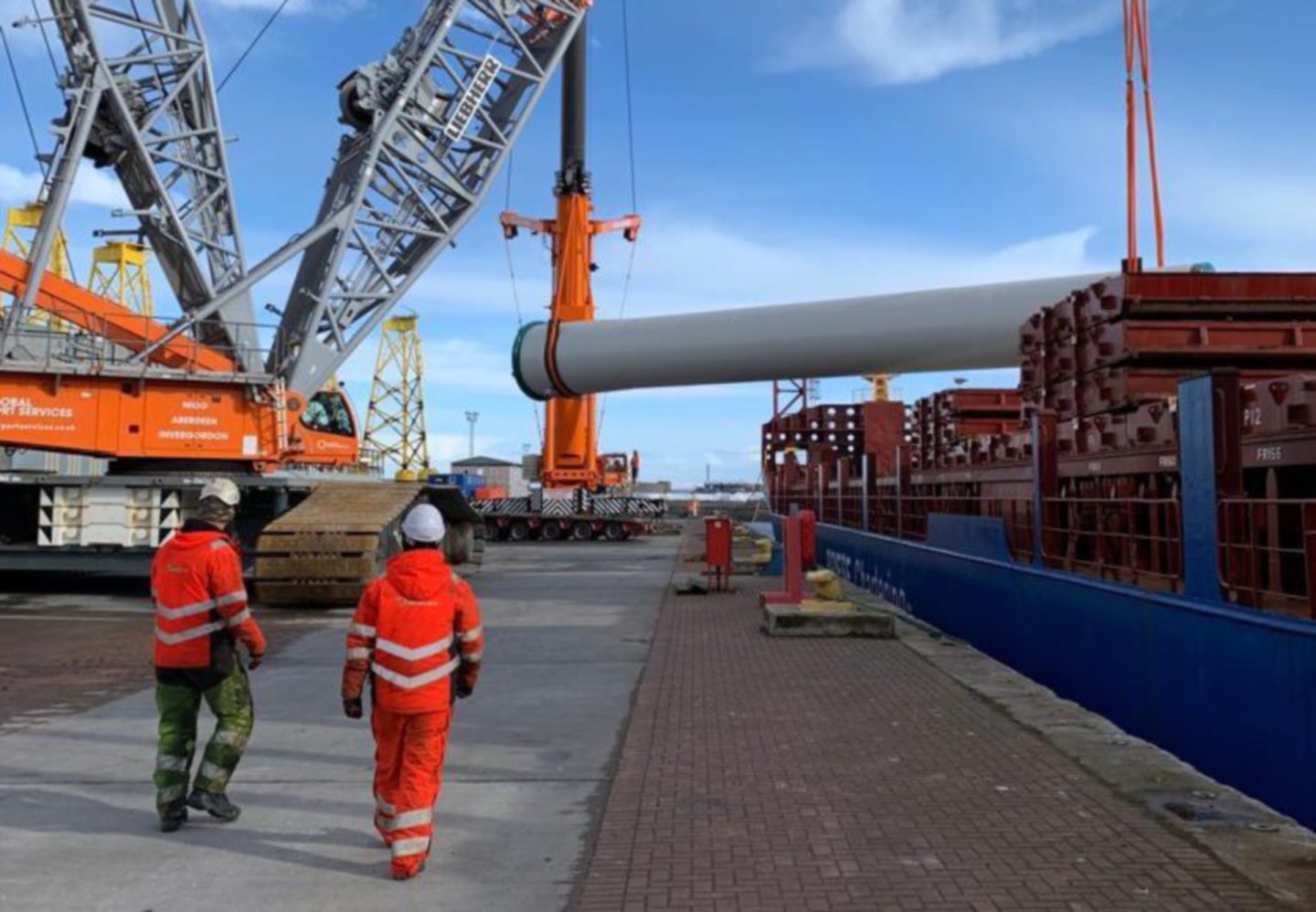I am delighted to be taking on the role of chair of Opportunity Cromarty Firth (OCF) at the dawn of an exciting and important era for the firth and the Highlands.
As the focal point for the rapid development of the UK’s new offshore wind industry, the region is going to be at the heart of the country’s energy production map for decades to come.
Government decisions made this summer will determine whether the most will be made of this once-in-a-generation opportunity.

I am certain the key to ensuring the maximum long-term benefits are realised, not just for the Highlands but for Scotland and the UK as a whole, lies in the establishment of a green freeport, centred on Inverness and the Cromarty Firth.
Green freeport status will be pivotal in maximising the UK share of manufacturing, or “local content” for the offshore wind industry and, in particular, for the emerging floating wind sector, in which the country has the potential to take a world-leading role. That will be critical in turning forecasts of tens of thousands of new, high quality jobs and billions of pounds of fresh investment into a reality, delivering a lasting fillip to the economy.
With targets including a fourfold increase in offshore wind capacity by 2030, the renewables industry is united on the importance of green freeport status to achieving 60% local content targets.
Cromarty Firth is ahead in offshore wind industry development
In a recent open letter to the Scottish and UK Governments, 13 leading developers, including Shell and my own former employer SSE Renewables, expressed their support for the Inverness and Cromarty Firth bid.
They told ministers: “Whilst the (Green) Freeports programme may not have been designed to be the UK’s most powerful tool in delivering this local content, the scale of the investment incentives on offer, and their timing (just as the industry needs to gear up to deliver the UK pipeline) means this is what they have become.
“Humber and Teesside are demonstrating just what can be achieved for the UK economy, but only with the benefit of Freeport investment incentives alongside the UK’s offshore wind grant regime. New offshore wind manufacturing in Scotland will be similarly dependent.
“This means that the forthcoming Green Freeport decisions in Scotland look set to decide the future of UK offshore wind manufacturing, and floating wind in particular, including in terms of the critical question of UK content.”
It is no coincidence the Cromarty Firth ports of Nigg and Invergordon have already been the focal point for the recent development of three of the four major offshore windfarms in Scottish waters
As the companies also pointed out, the Cromarty Firth is already in pole position in the development of the offshore wind industry, and is the only location in Scotland with the land space, facilities and experienced supply chain needed to deliver floating wind at the scale and speed to meet current targets and compete with established facilities abroad.
Historical role of Highlands in oil and gas industry must be recognised
The firth will also play a key role in the development of a new green hydrogen sector and in electrifying oil and gas production.
It is no coincidence the Cromarty Firth ports of Nigg and Invergordon have already been the focal point for the recent development of three of the four major offshore windfarms in Scottish waters. That role is set to increase significantly as ScotWind projects are developed.
In a just transition from reliance on fossil fuels to cleaner, greener ways of producing energy, the role of the Highlands as well as the north-east of Scotland in the oil and gas industry must also be recognised. With a proud history of fabrication, inspection, repair and maintenance for the North Sea and fields around the world, stretching back more than 50 years, many workers based in the region still rely on the sector for employment.
Under the banner of OCF, a partnership of ports, private and public sector organisations and academia has been working together for more than two years with the aim of coupling the green energy revolution on the area’s doorstep.
I am excited to be part of it, and urge ministers to make what we and industry believe is the obvious choice.
Jim Smith has agreed to take on the role of chair of Opportunity Cromarty Firth. He previously worked for more than 30 years with SSE



Conversation